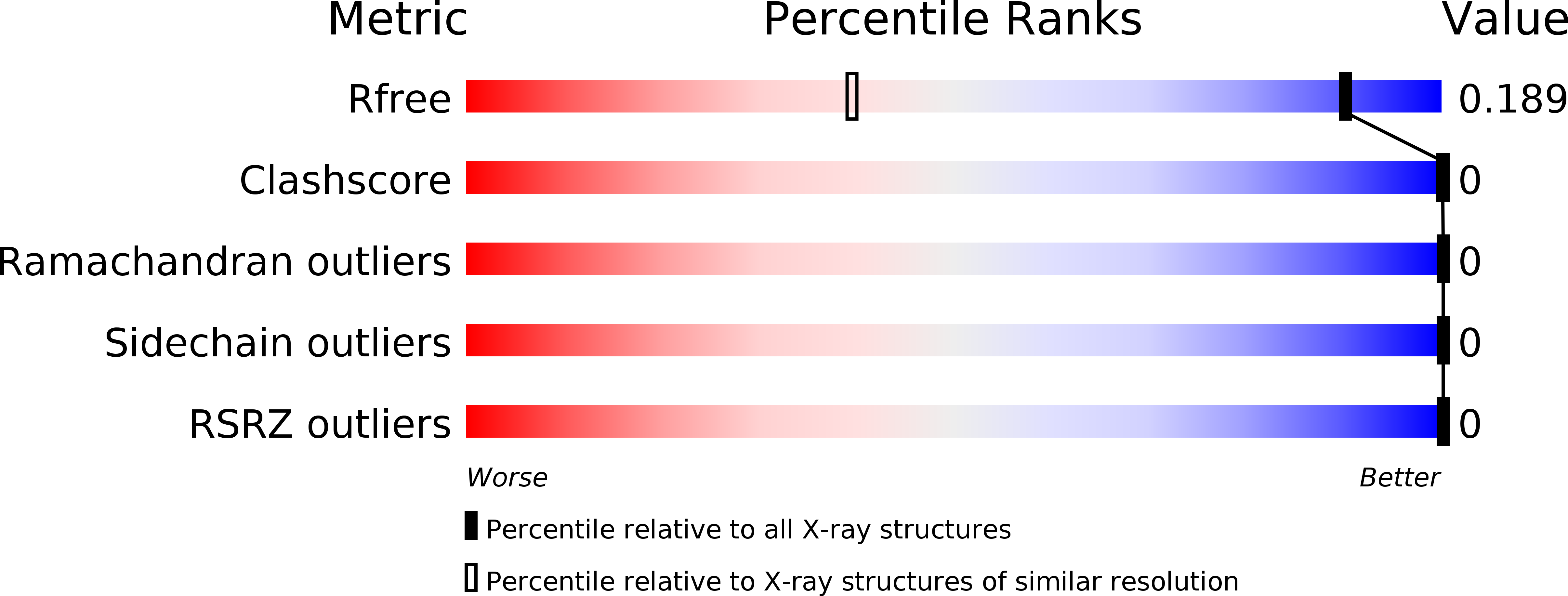
Deposition Date
2018-02-18
Release Date
2018-04-18
Last Version Date
2023-11-22
Method Details:
Experimental Method:
Resolution:
1.27 Å
R-Value Free:
0.15
R-Value Work:
0.13
R-Value Observed:
0.13
Space Group:
P 21 21 21


